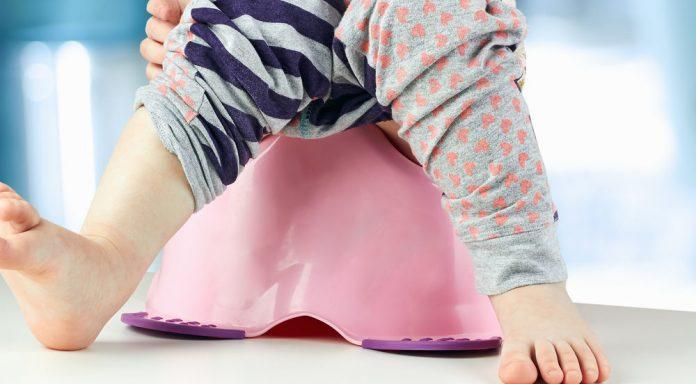 It’s never a good sign when your child starts having stomach pain. The first thoughts of any parent ranges from “What did he eat?” to “What do we do?”. But the problem may not be just a bellyache.
It’s never a good sign when your child starts having stomach pain. The first thoughts of any parent ranges from “What did he eat?” to “What do we do?”. But the problem may not be just a bellyache.
Kid and baby constipation can be alarming, but there are ways to combat it.
Constipation
Constipation in babies and constipation in older kids is common. It’s an issue that at some point as a parent you will probably have to face.
So let’s talk about how to spot the signs of constipation, the causes and some solutions.
Check Out These Other Great Resources:
- How to Help Kids Overcome Constipation. Top Tips!
- Natural Laxative To Prevent and Cure Constipation
- Baby Constipation Solutions and Tips
How Do You Spot Constipation?
There are many signs of constipation. Some of these include your kid straining while using the restroom, hardened, misshapen stool, three or fewer bowel movements in a week and even the inability to make a bowel movement (2). In essence, infrequent bowel movements, hardened and even liquefied stool can be a sign that your child is constipated.
Baby Constipation
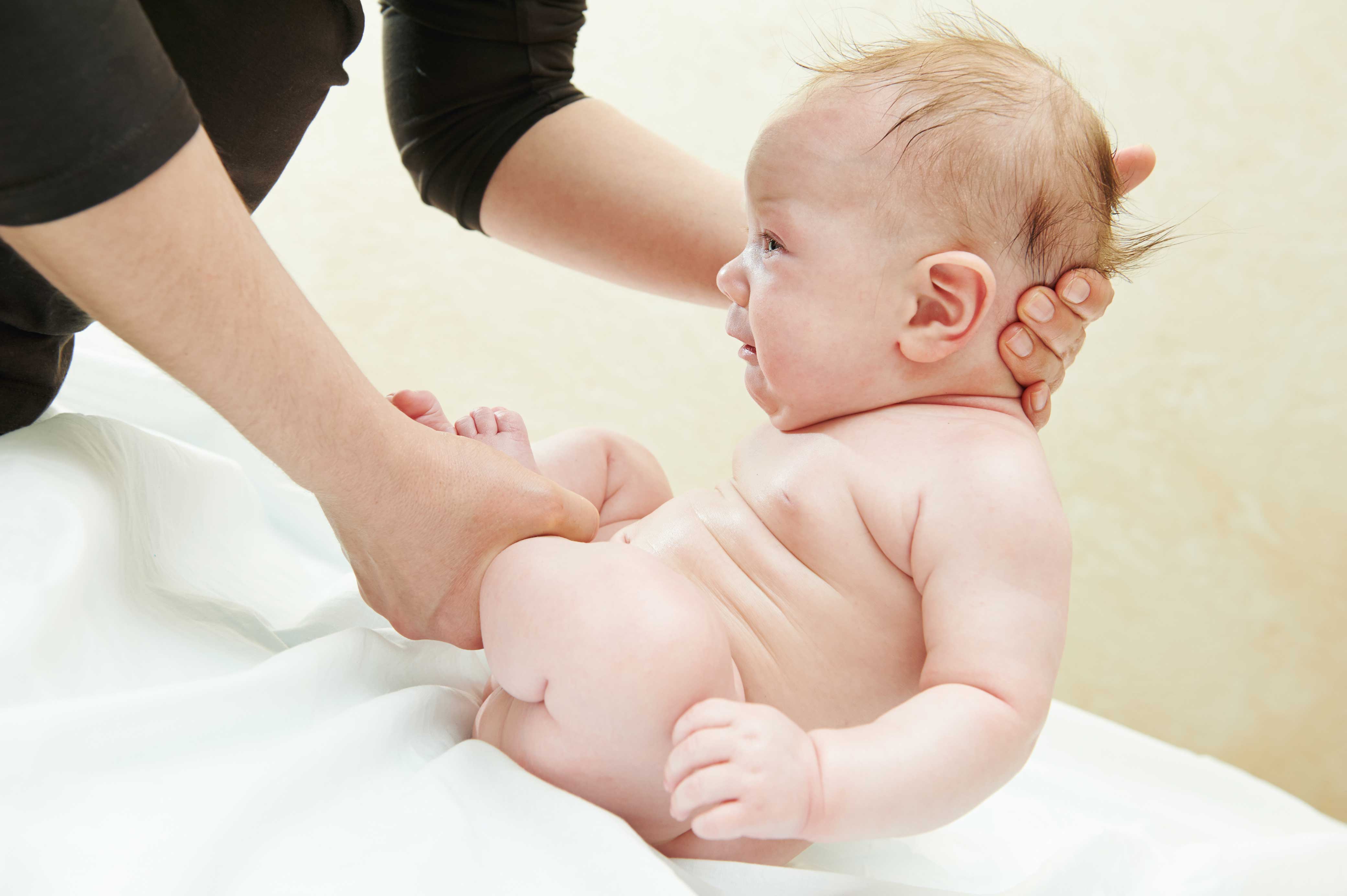 Babies can become constipated for a number of reasons including when a baby is first being introduced solids. We recommend you speak with your Pediatrician to see what he or she recommends. A few cures your Pediatrician may recommend include giving your child a warm bath to help relax your baby including his sphincter, massaging his tummy, giving your child prune juice or a small amount of water, an oz in a day, as long as the baby is over four months old. Too much water for a young baby can be dangerous (1) (6).
Babies can become constipated for a number of reasons including when a baby is first being introduced solids. We recommend you speak with your Pediatrician to see what he or she recommends. A few cures your Pediatrician may recommend include giving your child a warm bath to help relax your baby including his sphincter, massaging his tummy, giving your child prune juice or a small amount of water, an oz in a day, as long as the baby is over four months old. Too much water for a young baby can be dangerous (1) (6).
How Much Fiber? An easy formula is:
The age in years + 6 = number of grams of fiber per day
Example: Lets say your child is 2 years old + 6 = 8 grams of fiber per day) (7)
What Causes Constipation?
While there may be certain medical conditions that lead to constipation, the number one cause among children is diet. Examples include:
- Lacking the proper amount of water
- Not eating enough foods rich in fiber like vegetables and fruits
- Consuming unhealthy, processed foods such as those you’d find in fast food meals or in the frozen food section
- Eating a lot of cheese, bananas, applesauce and other binding foods that are low in fiber
- A child holding their bowl movement in because it hurts to go to the bathroom
- Sugary foods and drinks like chocolates, juice and soda. Yes, sugar constipates!
Why Sugars Can Be So Troublesome
Sugar is everywhere, from that juice pack to those fruit snacks it’s hard to keep sweets at bay. Foods high in sugars are problematic when it comes to digestion. If your child has too much sugar, the likely chance is they’re not getting enough fiber (3). Most sugary treats don’t have the necessary amount of fiber needed to properly digest and excrete excess waist.
Kids Need to Poop to Eat Well
If kids are not frequently emptying their bowls then this can impact their appetite.
“There’s a wide range of normal,” says Dr. James Landers of Pointe Pediatrics in Grosse Pointe. “Color of stools and number of daily bowel movements can vary from kid to kid, on average, children should have one bowel movement per day.”
You shouldn’t be concerned if your child goes two or three times a day and your child’s stools are solid and pass easily. If the stools are small and round in shape then this is an indicator your child is constipated. Don’t get hung up on how often your child is pooping, but more the consistency. Ideally, the stool should be soft and easy to pass.
Keep your child regular and you have a better chance your child will eat his dinner.
Nutritional Needs
A constipated child is a sign that your kid’s nutritional needs are not being met. Either he’s not having enough fiber or he’s consuming one too many sweets, your child’s diet is not only an essential part of the problem, but it is also an essential part of the solution. Start by adding some fiber to your kid’s diet.
Why Fibers Are So Good
Fiber can’t be digested by the body. As fiber moves through your body, it essentially grabs on to other substances and helps carry these things along and out. There are many of a number of foods that you can eat and add to your meals that are high in fiber. Sprinkle flaxseeds or wheat germ on oatmeal, pudding, add to baked goods, etc. Here are just a high fiber foods to offer:
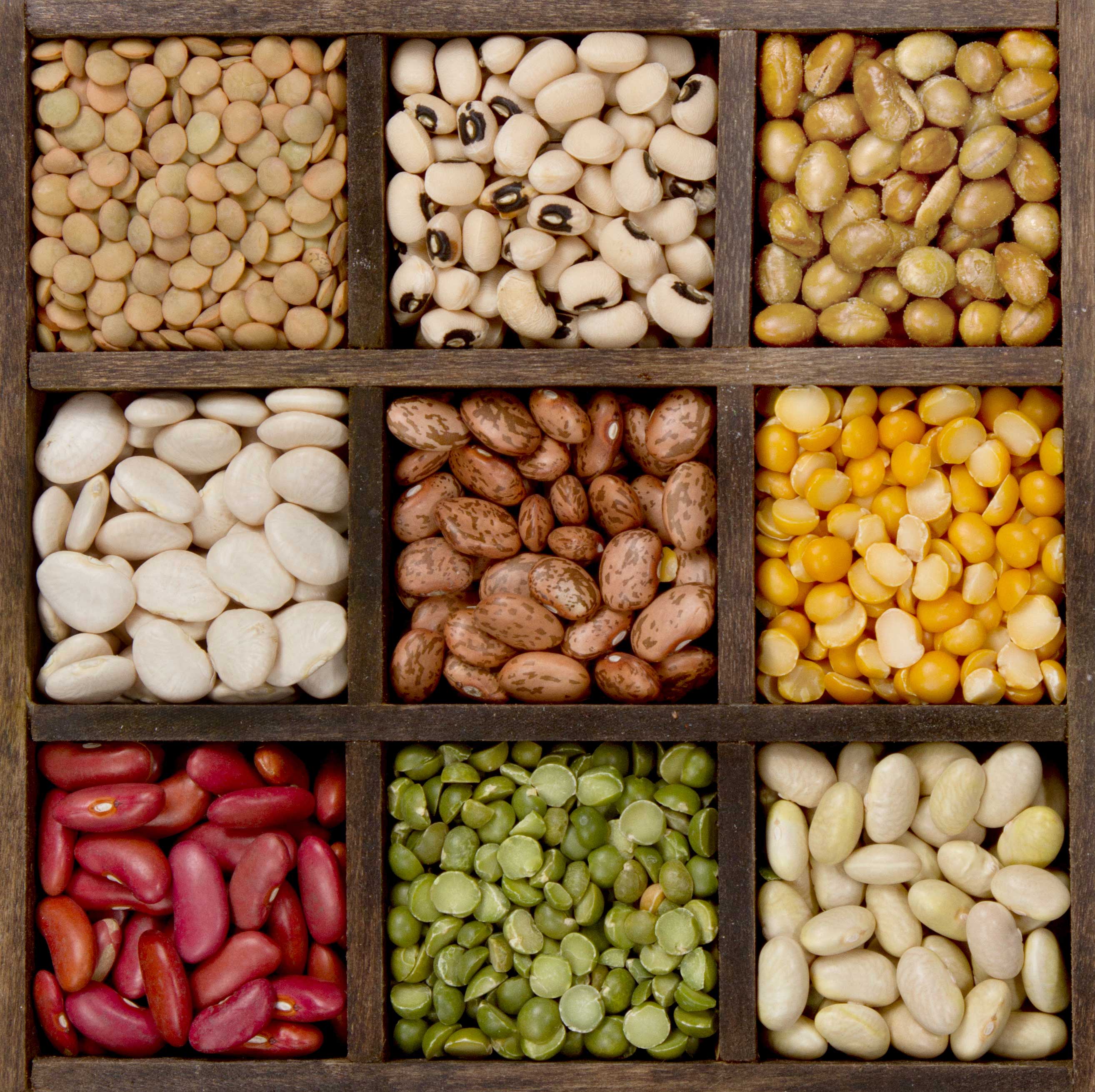
- Avocados
- Almonds
- Berries
- Black Bean Pasta
- Chia Seeds
- Chickpeas
- Coconut
- Dried fruit such as prunes, apples, pears, etc.
- Flaxseeds
- Hemp Seeds
- Lima Beans
- Lentils
- Pears
- Probiotics, like yogurt
- Prunes
- Smoothies
- Peas
- Tiger Nuts (these are hard to chew) and/or Tiger Nut flour (crushed easy to add to foods)
- Quinoa
The Different Types of Fiber
There are two different types of fiber. There’s soluble fiber and insoluble fiber. Soluble fiber can be found in apples and blueberries and helps decrease cholesterol and the risk for heart disease (4). Insoluble fiber can be found in the skins of fruits and seeds and is good for solving bowel related health problems, like hemorrhoids (4).
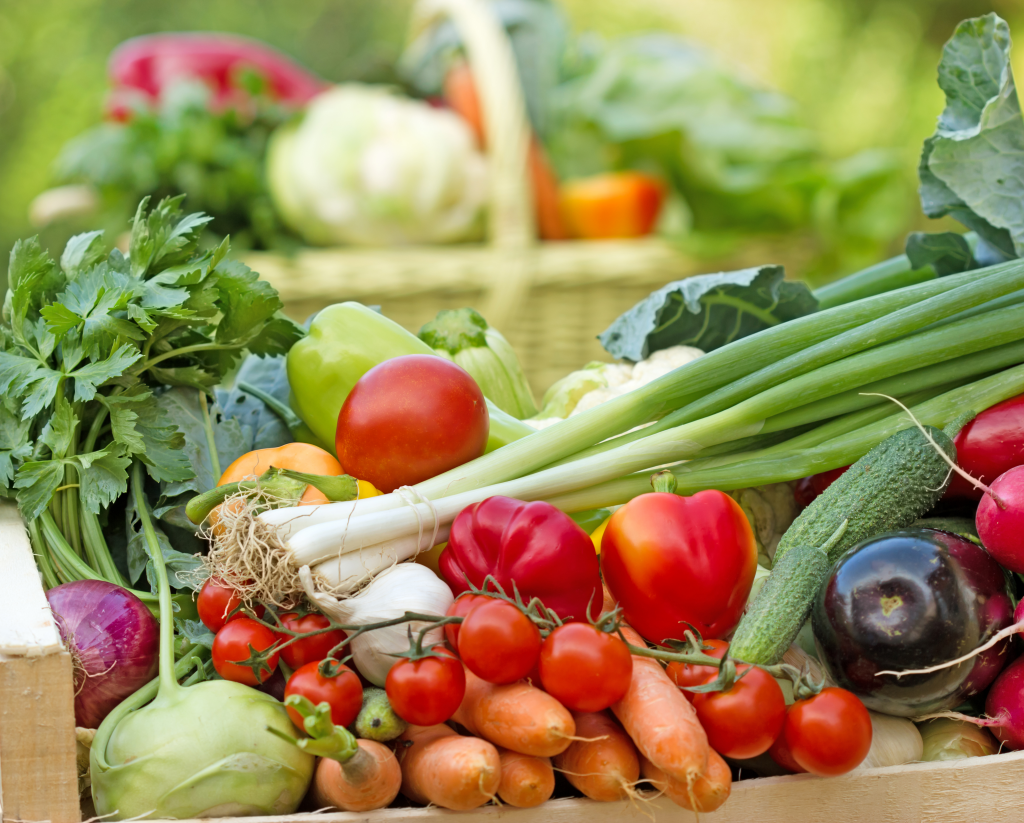 Soluble Fiber
Soluble Fiber
- Oatmeal
- Beans
- Nuts, like cashews
Insoluble Fiber
- Whole wheat bread
- Brown Rice
- Peals of fruits and vegetables
Notice that Flaxseeds are in both columns? That’s because they’re rich in both insoluble and soluble fiber. So next time you cook a meal, put some flaxseeds in it. Make sure the flaxseed is milled.
Immediate Solutions
Now, let’s get down to solving this problem!
Some doctors may recommend you give your child Miralax as an immediate solution. Miralax is a laxative that will help soften stool by adding water to it (5). Make sure before using this treatment, you consult a physician. Prune Juice is also another good source of fiber that will immediately start working at softening that stool.
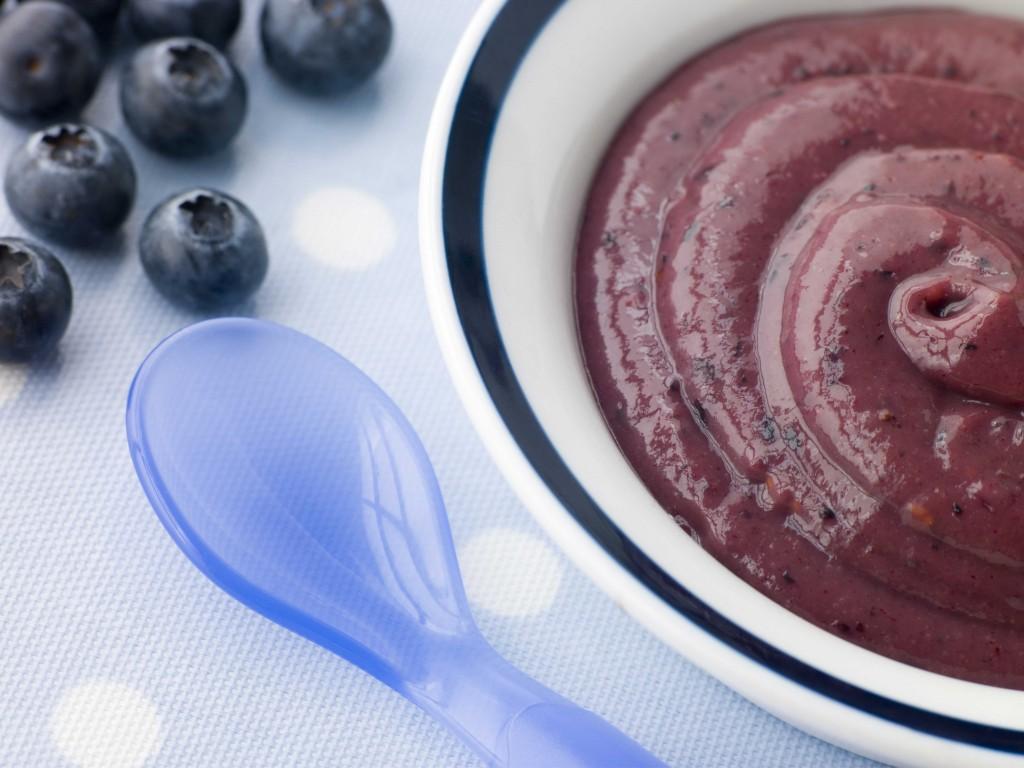
Other good immediate solutions are:
- Prunes and prune puree, pears work well too
- Pasta high in fiber
- Whole wheat
- Smoothies
Long Term Solutions
After you’ve cleared up the situation with a short term solution you have to start thinking long term so this doesn’t happen to your kid again. Paying attention to your child’s nutritional needs is the first step to prevention. It is important to be aware of what your child is eating and start making those essential changes.
- Read labels
- Stay away from heavily processed foods, fast foods and foods high in sugar
- Instead, adopt healthier choices, like foods high in fiber
- Be sure that your child drinks plenty of water, staying away from soda and fruity drinks
Parents should be sure to check labels even in naturally occurring sugars such as in fruit juice or dried fruit. Even if it looks healthy, it may have more sugar than you think. And start getting to cooking healthy recipes high in much needed fiber.
Remember, as a parent you are the first step to the solution!
Watch this Video
Recipes To Help Combat Constipation
These recipes aren’t only delicious they also are here to help your kids use the bathroom.
- High Fiber Recipes to Beat Constipation
- High Fiber Snacks on the Run
- Corn, Avocado and Black Bean Salad
- Red Beans & Brown Rice
- Sweet Potato Almond Chipotle Soup
And of course, for more recipes check out High Fiber Foods To Beat Constipation In Kids!
Don’t Give Up On Getting Your Kid To Eat Better!
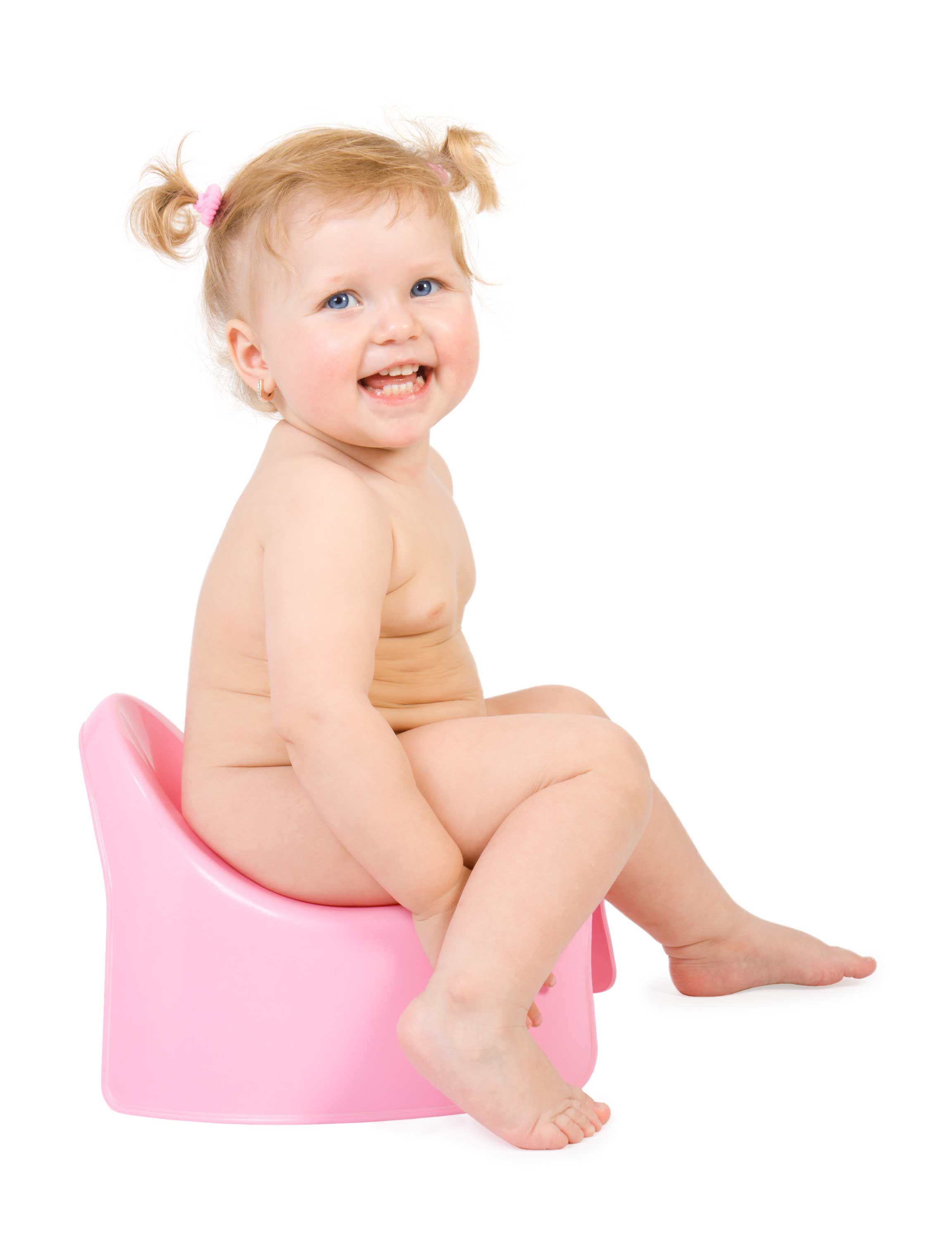 Don’t give up on creating a healthy lifestyle for your kids. Your child may be a picky eater, but that’s why it’s so important that you try and establish a plan to help create a healthy lifestyle for the whole family.
Don’t give up on creating a healthy lifestyle for your kids. Your child may be a picky eater, but that’s why it’s so important that you try and establish a plan to help create a healthy lifestyle for the whole family.
So check out our video series on how to help picky eating to get kids eating a larger variety of foods to prevent constipation. Here are some fun videos to help promote healthy eating:
For more references on helping your picky eaters be more open to different foods and to further support Feeding My Kid and feeding yours, like us on Facebook and Twitter and follow our YouTube channel.

Citations:
-
Parents: Constipation in Babies
-
Everyday Health: What Causes Constipation?
-
Live Strong: Sugar & Constipation
-
WebMD: Soluble and Insoluble Fiber
-
WebMD: Miralax
-
The Bump: How Can I fix baby’s constipation?
-
Healthy Habits Pediatrics: To Poop or Not to Poop that is the Question
The information on this website is designed for educational and/or entertainment purposes only. The information provided is not intended to be a substitute for informed medical advice or care. Please consult a doctor with any questions or concerns regarding your child’s condition. You should not use this information to diagnose or treat any health problems or illnesses.

